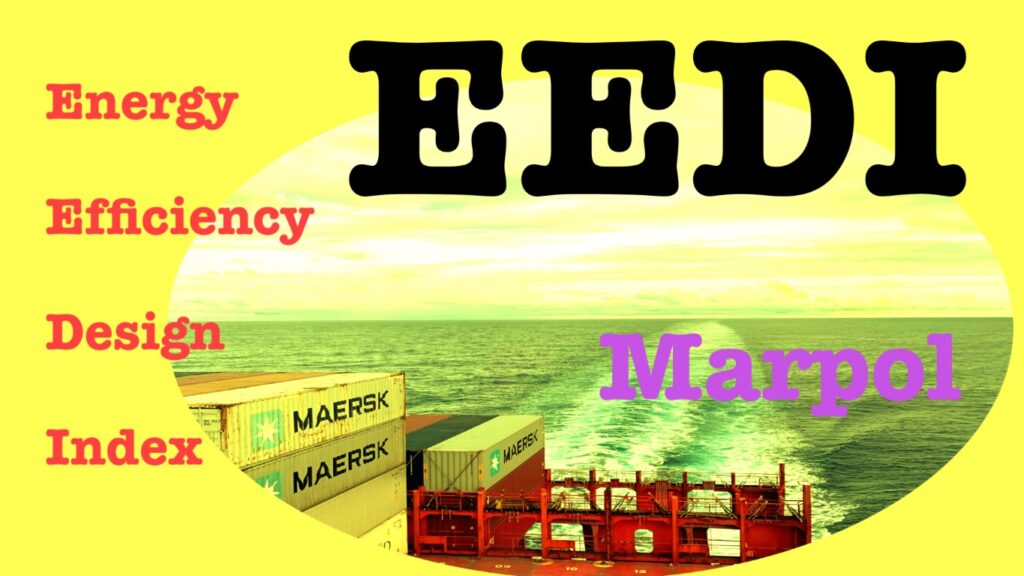Energy Efficiency Design Index stands for, which is a technical measure that aims at promoting the use of more energy efficient (less polluting) equipment and engines in new ships. The EEDI is measured in grams of carbon dioxide per ship’s capacity-mile. The smaller the EEDI, the more energy efficient ship design.
Energy Efficiency Design Index
The EEDI was made mandatory for new ships by the International Maritime Organization (IMO) in 2011, as part of the amendments to MARPOL Annex VI, which regulates air pollution from ships. The EEDI applies to ships of 400 gross tonnage and above, engaged in international voyages, except platforms, drilling rigs and those not propelled by mechanical means such as barges.
The EEDI requires a minimum energy efficiency level for different ship type and size segments, such as tankers, bulk carriers, gas carriers, general cargo ships, container ships, refrigerated cargo carries, combination carriers, LNG carriers, ro-ro cargo ships (vehicle carriers), ro-ro passenger ships and cruise passenger ships having non-conventional propulsion.

The minimum energy efficiency level is calculated from a reference line representing the average efficiency for ships built between 2000 and 2010. The EEDI mandates a CO2 reduction level for newbuilds in 2025 of 30% with respect to the reference line. The reduction level will be tightened every five years to keep up with innovations and new techniques.
The EEDI is a non-prescriptive, performance-based mechanism that leaves the choice of technologies to use in a specific ship design to the industry. As long as the required energy efficiency level is attained, ship designers and builders are free to use the most cost-efficient solutions for the ship to comply with the regulations.
The EEDI is calculated by a formula based on the technical design parameters for a given ship, such as installed power, speed, capacity, etc. The formula is different for each ship type and size segment. The EEDI calculation has to be verified by classification societies and an International Energy Efficiency (IEE) Certificate will be issued for a ship whose compliance with the regulation is verified .
The EEDI is one of the measures adopted by IMO to reduce greenhouse gas emissions from ships and improve their energy efficiency. The other measure is the Ship Energy Efficiency Management Plan (SEEMP), which is a plan for improving the operational energy efficiency of a ship. The SEEMP is mandatory for all ships regardless of their age or size .
The EEDI and SEEMP are expected to contribute to reducing CO2 emissions from international shipping by up to 180 million tonnes annually by 2020. This will help achieve the IMO’s goal of reducing CO2 emissions from international shipping by at least 40% by 2030 and 70% by 2050 compared to 2008 levels.



